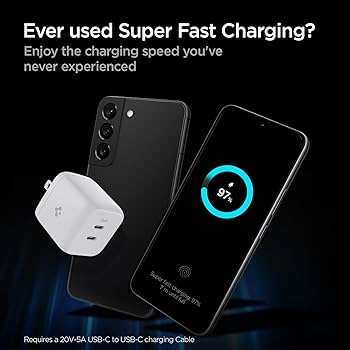Samsung Galaxy Z Flip 7 vs. Galaxy Z Flip 6: Anticipated Enhancements and Main Variations
The Samsung Galaxy Z Flip 7 Is Just Around the Corner — Here’s What’s Different from the Flip 6
Samsung is preparing for its summer Unpacked event, and all eyes are on the much-anticipated Galaxy Z Flip 7. As the next iteration following the Galaxy Z Flip 6, the Flip 7 is expected to introduce several significant enhancements to Samsung’s fashionable foldable series. While the Flip 6 was more of a minor upgrade, the Flip 7 might represent a more meaningful progression. Here’s everything we know thus far and the changes you can expect.
Design and Display: Larger, Stronger, and More Fluid
One of the standout enhancements in the Galaxy Z Flip 7 is its display. The internal screen is rumored to expand slightly from 6.7 inches to 6.85 inches, still utilizing LTPO AMOLED technology with a 1-120Hz adaptive refresh rate. This results in smoother scrolling and improved power efficiency.
The cover display is also set to receive a significant enhancement. The Flip 6 came with a 3.4-inch AMOLED screen featuring a 60Hz refresh rate, but the Flip 7 is projected to have a 4-inch AMOLED panel with a 120Hz refresh rate. This not only makes the outer display larger but also more responsive — perfect for quick interactions, widgets, and even selfies.
In terms of design, leaks indicate a rounder, more comfortable form factor with thinner bezels and a less noticeable crease. Samsung might even integrate a new creaseless display technology highlighted at MWC 2025, along with a more power-efficient OLED panel utilizing blue phosphorescent materials.
Performance: Snapdragon 8 Elite for Galaxy Takes Charge
Beneath the surface, the Flip 7 is poised to be powered by the Snapdragon 8 Elite for Galaxy — the same leading-edge chipset utilized in the Galaxy S25 series. This SoC stands as the fastest mobile processor available and is expected to provide a significant performance boost, especially for multitasking, gaming, and AI-driven features.
Both the Flip 6 and Flip 7 are anticipated to include 12GB of RAM and storage variations of 256GB and 512GB. However, the Flip 7 will come with Android 15 and One UI 7 pre-installed, along with a commitment to seven years of OS and security updates — a huge advantage for long-term users.
Battery Life: Enhanced Cell for Extended Use
Battery life has always been a point of concern with foldables, but Samsung is tackling that with the Flip 7. The upcoming model is expected to feature a 4,300mAh battery, an increase from the 4,000mAh cell in the Flip 6. While charging specifications remain the same — 25W wired, 15W wireless, and 4.5W reverse wireless — the combination of a more efficient display, processor, and larger battery should lead to improved endurance.
Camera: No Significant Changes Anticipated
If there’s one area where the Flip 7 might fall short, it’s the camera. The Flip 6 already introduced a 50MP main sensor and a 12MP ultrawide lens, and the Flip 7 is expected to keep that same configuration. While image quality is decent, it won’t reach the performance levels of Samsung’s Ultra series.
There are rumors of a potential front-facing camera upgrade, but nothing has been verified. For now, expect the same 10MP selfie camera.
Software and AI: Galaxy AI Arrives on the Flip
Samsung’s Galaxy AI suite, first unveiled with the S25 series, is slated to be included in the Flip 7. This encompasses features such as real-time translation, AI-enhanced photo editing, and intelligent summarization tools. Coupled with Android 15 and One UI 7, the Flip 7 will be a software powerhouse right out of the box.
There’s also speculation that Samsung could unveil One UI 8, based on Android 16, with its foldables later in the year — potentially giving Flip 7 users early access to the next-generation software experience.
What About the Flip FE?
Another enticing rumor is the possible introduction of a Galaxy Z Flip FE (Fan Edition) alongside the Flip 7. This would be a more budget-friendly version of the foldable, potentially featuring scaled-back specs but the same iconic design. If this turns out to be true, it could allow more users to explore foldables without overspending.
Should You Hold Out for the Flip 7 or Purchase the Flip 6 Now?
If you already possess the Galaxy Z Flip 6, the Flip 7 might not provide enough of a jump to warrant an upgrade — unless you desire a larger cover screen and improved battery life. However, if you’re new to foldables or using an older model, the Flip 7 is shaping up to be an attractive option.
That being said, the Flip 6 is now frequently available at reduced prices and still offers remarkable performance, a solid camera, and six more years of software updates.
Read More








